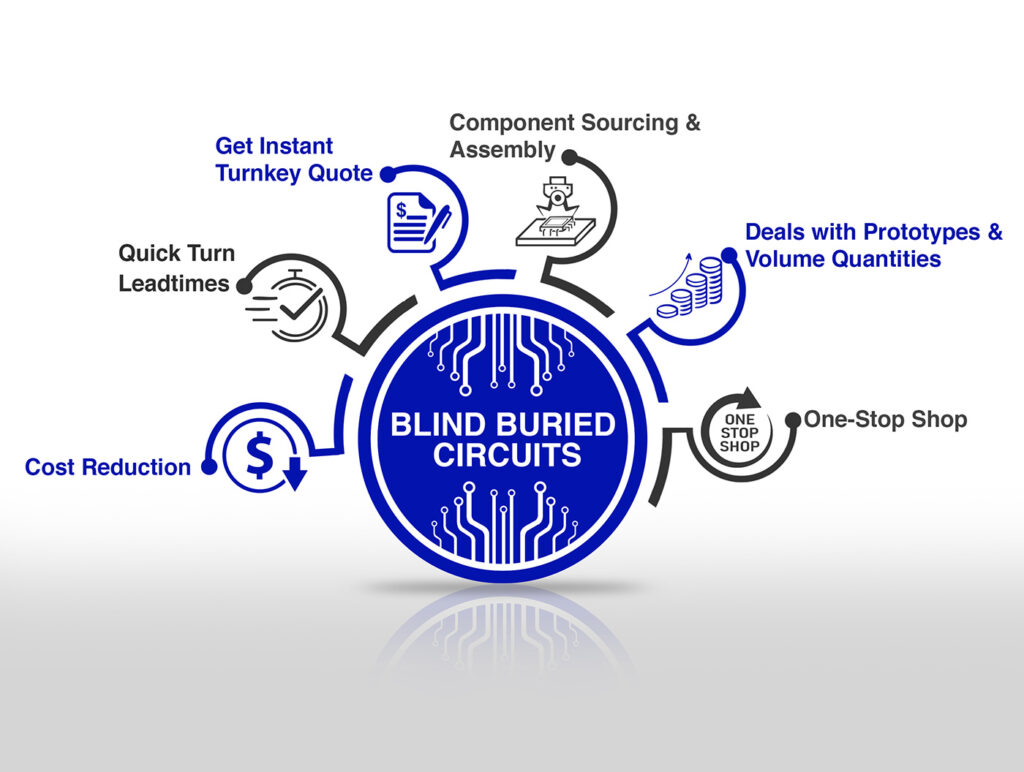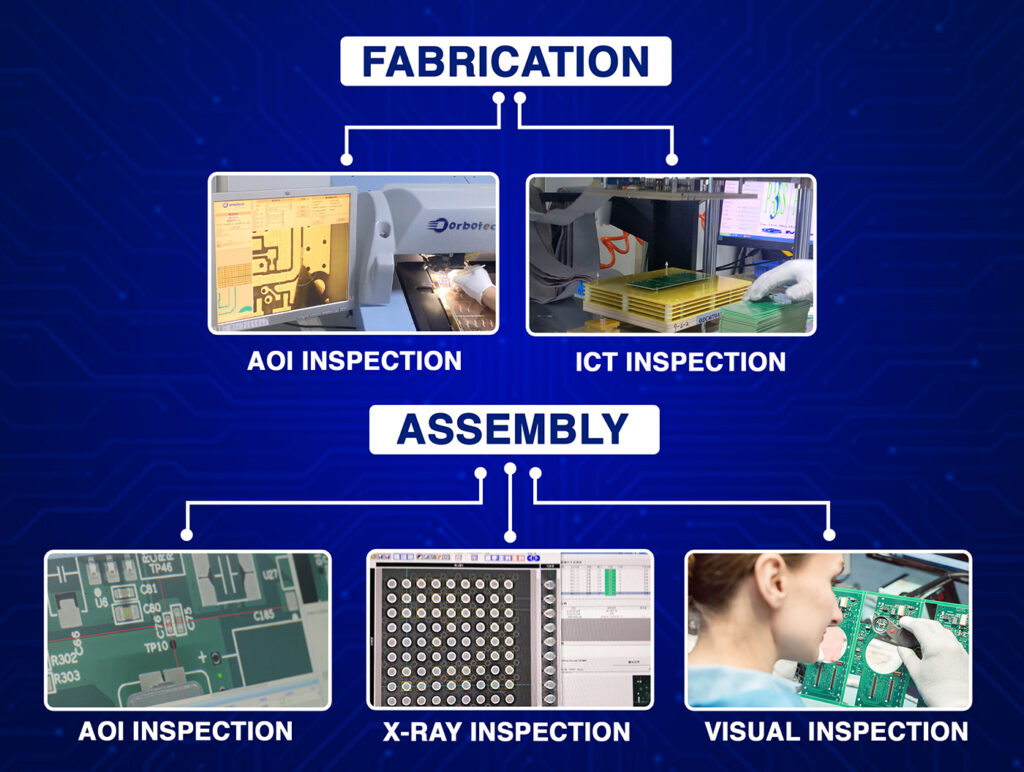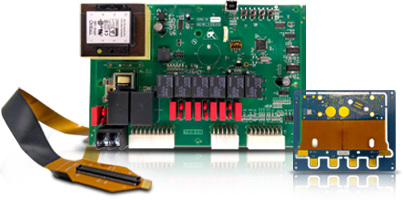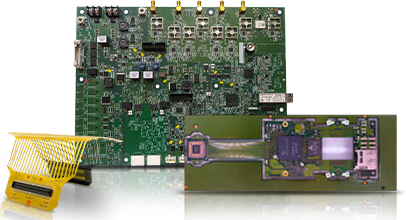When you think about a printed circuit board (PCB), your mind may go straight to the green board with small metal lines. But there is more to it, especially when it comes to the outer layer. That top surface connects your components to the board and protects the copper underneath. This layer is called the PCB surface finish, and choosing the right one is important for the long-term performance of your board.
If you are involved in PCB manufacturing assembly or looking to work with a PCB board manufacturer, understanding the types of surface finishes and how they affect your project is a must.
What Is a Surface Finish in PCB Manufacturing?
A surface finish is a coating applied to the exposed copper pads on a PCB. This coating serves two primary purposes. First, it protects the copper from oxidation, which can cause poor connections or even failure over time. Second, it provides a solderable surface for mounting components.
Whether you’re managing PCB board assembly manufacturing or ordering a custom design, the surface finish is one of the most critical parts of your board’s reliability and life span.
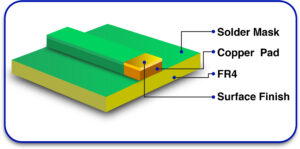
Why the Right Surface Finish Matters
If you pick the wrong finish, your board might not last as long, soldering might be more complex, or signal issues could occur. This is especially important if you’re making boards for medical, aerospace, or industrial devices.
For example, a rough finish could affect how well your signals move through the board. A poor-quality coating may not hold up in harsh environments. In short, the surface finish you choose will directly impact cost, performance, and durability.
Common Types of PCB Surface Finishes
Let’s take a look at some common finishes used in PCB manufacturing assembly and their pros and cons.
HASL (Hot Air Solder Leveling)
HASL is one of the most common finishes. In this method, the board is dipped in molten solder and then leveled with hot air. This provides a shiny, even layer of solder on all pads.
- Pros: Low cost, good shelf life, and easy to work with—perfect for efficient, reliable, and scalable electronic product development.
- Cons: Not flat, which may be a problem for small components or fine-pitch designs.
HASL is a good fit if your design is simple or if you want something budget-friendly from your PCB board manufacturer.

ENIG (Electroless Nickel Immersion Gold)
This is one of the most advanced finishes and is widely used in professional and high-end PCB board assembly manufacturing.
- Pros: Very flat surface, long shelf life, and supports fine-pitch components.
- Cons: Higher cost compared to other finishes.
This is where the immersion gold PCB finish comes into play. It is ideal for complex, high-density boards that require precision.
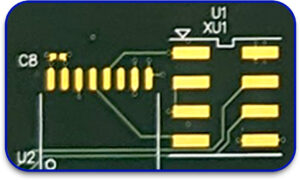
Immersion Silver
This finish provides good solderability and excellent electrical performance. It is also more cost-effective than ENIG.
- Pros: Flat surface, good conductivity, and less expensive than gold.
- Cons: Can tarnish if not stored properly.
Immersion silver is a solid option for signal-sensitive designs. Many PCB board manufacturers use it in communication and high-speed circuits.
OSP (Organic Solderability Preservative)
OSP uses a water-based compound to protect copper. It’s a lead-free, flat finish and works well in automated assembly.
- Pros: Environmentally friendly, low cost, good solderability
- Cons: Short shelf life, not suitable for multiple reflows
If you’re going for low-cost PCB manufacturing assembly, OSP might work for you, but only if your boards won’t be sitting on the shelf for too long.
Immersion Tin
This finish offers good flatness and is used in both leaded and lead-free soldering.
- Pros: Flat surface, suitable for fine-pitch parts
- Cons: Tin whiskers can cause short circuits over time
While not as popular as other finishes, immersion tin is still used in specific cases where cost and flatness matter more than long-term reliability.
Choosing the Right Finish for Your Project
Here’s how to decide which finish works best for your needs.
1. Consider Your Application
If your board is going into a consumer product, a cheaper finish like HASL or OSP might work. But if you’re building a medical device, a better finish like immersion gold pcb finish is often needed.
2. Look at the Assembly Process
If your board goes through several heating cycles during PCB manufacturing assembly, you need a finish that can withstand heat, like ENIG or immersion silver.
3. Think About the Storage Life
How long will the board sit before use? Some finishes like OSP degrade quickly, while others like ENIG offer better shelf life.
4. Cost vs. Performance
You might be tempted to go with the cheapest option, but that’s not always smart. Paying a bit more for a better surface finish can prevent issues later in the process.
Your PCB board manufacturer can help you weigh these trade-offs and pick the right option.
Importance of Working With a Good Manufacturer
When it comes to getting quality surface finishes, the PCB board manufacturer you choose matters a lot. The best companies understand the details of each finish and have the tools to apply them properly.
Ask your vendor about their process and the finishes they support. A quality PCB manufacturing assembly provider will also offer testing to make sure the surface finish is smooth, clean, and ready for assembly.
Final Thoughts
The PCB surface finish might seem like a small part of your board, but it plays a significant role in performance and life span. Whether you’re creating a new product or updating an old one, this decision should never be rushed.
You have many options with finishes like immersion gold PCB finish, immersion silver, and HASL. The right one depends on your product type, budget, and performance needs. If you’re working with a PCB board manufacturer, talk to them early in the design process. Their advice can help you avoid problems and ensure smooth PCB board assembly manufacturing.
When you understand surface finishes, you’re in a better position to build strong, reliable, and cost-effective boards. And that gives your final product the best chance of success.

